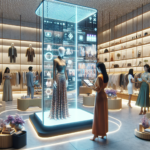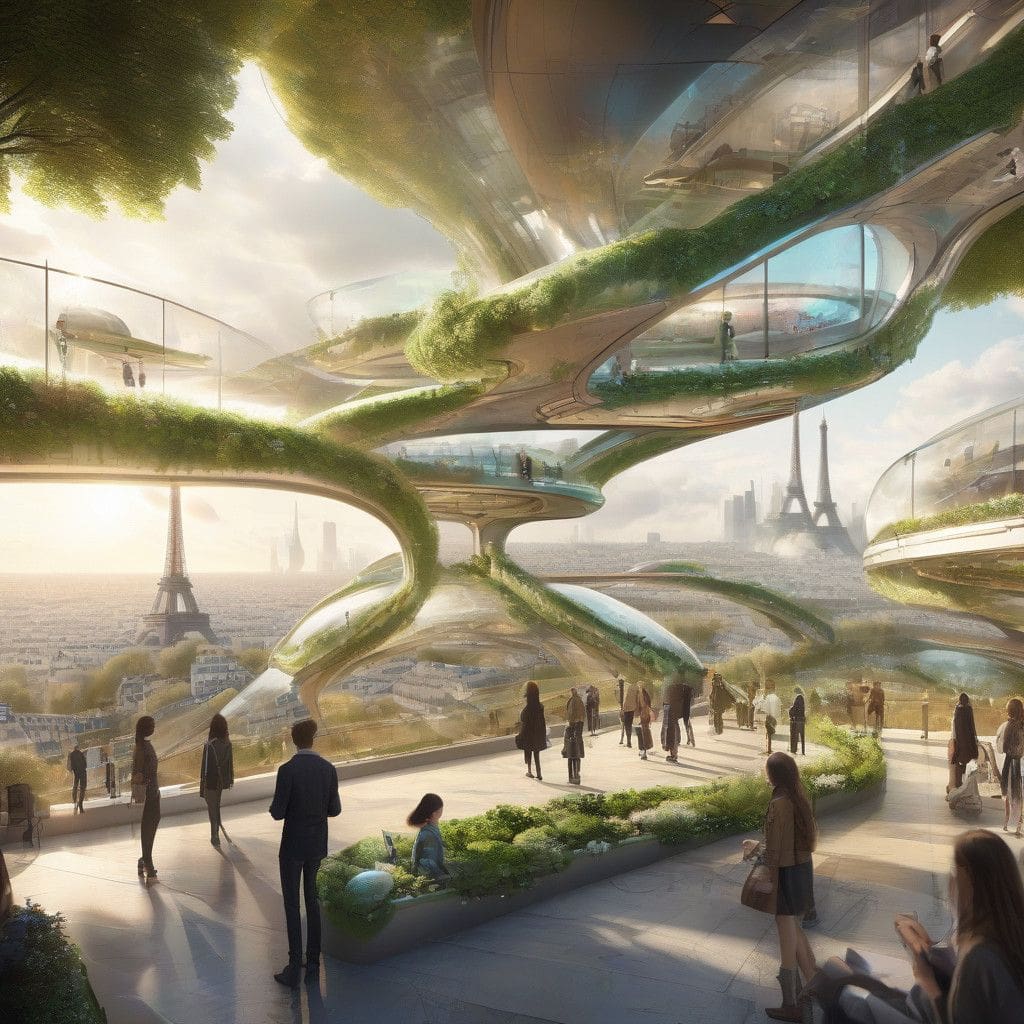Paris Fashion Week is renowned for its creative fervor, showcasing designers who challenge traditional aesthetics. Among them, Junya Watanabe, Duran Lantink, and Chitose Abe have made significant waves with their innovative silhouettes and captivating collections for Spring/Summer 2025.
Junya Watanabe, known for his boundary-pushing designs, drew inspiration from the film Ex Machina, particularly the humanoid robot Ava. This concept of blending the human form with synthetic materials was evident in his latest show. Watanabe employed unconventional textiles like polyester mesh from the Japanese motorbike clothing label Degner and recycled materials from Berlin’s Innerraum. This fusion resulted in a range of looks that were not only functional but also exuded a sculptural elegance reminiscent of haute couture.
A standout element in Watanabe’s collection was the use of industrial textiles combined with elaborate traditional silhouettes such as puff sleeves and layered skirts. For instance, one of the featured garments was an opera coat that creatively utilized backpacks, complete with visible straps and zippers. These elements not only highlighted the origin of the materials but also served as a testament to Watanabe’s exceptional ability to repurpose and design.
Watanabe’s provocative statement post-show, “I feel that abnormal clothing is necessary in our everyday life,” resonates with audiences who seek fashion that transcends the ordinary. His garments encourage the wearer to challenge societal norms regarding what constitutes “normal” attire.
Then there’s Duran Lantink, a rising star who has earned acclaim for his innovative approach to sustainability. He began his career by creating hybrid pieces from deadstock fabric, such as repurposed trench coats. In his Spring/Summer 2025 collection, Lantink took an economically savvy approach due to budget constraints, opting to create an entire lineup from cotton t-shirts. His goal was clear: redefine the versatility and imagination behind t-shirt fashion.
With eye-catching silhouettes, Lantink transformed ordinary t-shirts into high fashion. He showcased bombers, trench coats, and even bras made from these humble fabrics. His hallmark exaggerated proportions, such as voluminous trench coats and playful cut-offs, have evolved from what some perceived as gimmicks into esteemed representations of independent fashion thought. Lantink’s designs at the show, adorned with vibrant candy stripes, highlighted his whimsical aesthetic. The cheerful vibes of his collection not only enhanced the visual dynamics but also invited laughter and joy from attendees, which he regards as essential communication through fashion.
Chitose Abe’s brand, Sacai, celebrated its 25th anniversary at the forefront of the Paris fashion event. Recognized for her unique hybrid garments, Abe has once again proven her creative prowess. Her latest collection revisited familiar archetypes while showcasing advancements in textile technology. For instance, she introduced elegant yet casual pieces featuring sailor stripes and refined tailoring.
Key pieces from her collection included jackets adorned with gold buttons and a creative combination of elements such as ruffles and fridges, creating airy silhouettes that marry both function and aesthetics. A notable innovation was the repurposing of traditional outerwear, such as reimagined parkas with cropped sleeves, enabling a samurai-esque silhouette.
Through each designer’s lens, it becomes apparent that the future of fashion lies in exploring beyond the conventional forms, materials, and identities. They are not just creating series of clothes but are also making statements about sustainability, individuality, and forward-thinking design.
As these collections unfold on the global stage, they signal an exciting time for fashion where adaptation and innovation reign supreme. The Spring/Summer 2025 season in Paris proves that the lengths to which designers are willing to go in their artistry reflect a commitment to pushing boundaries while clarifying their messages of inclusivity and progressive ideals.
This year’s Paris Fashion Week showcases not only the expected glamour but also an inspiring rejection of norms through extraordinary shapes and innovative material choices. As the industry evolves, we can anticipate even more remarkable responses from fashion’s visionary narratives.












